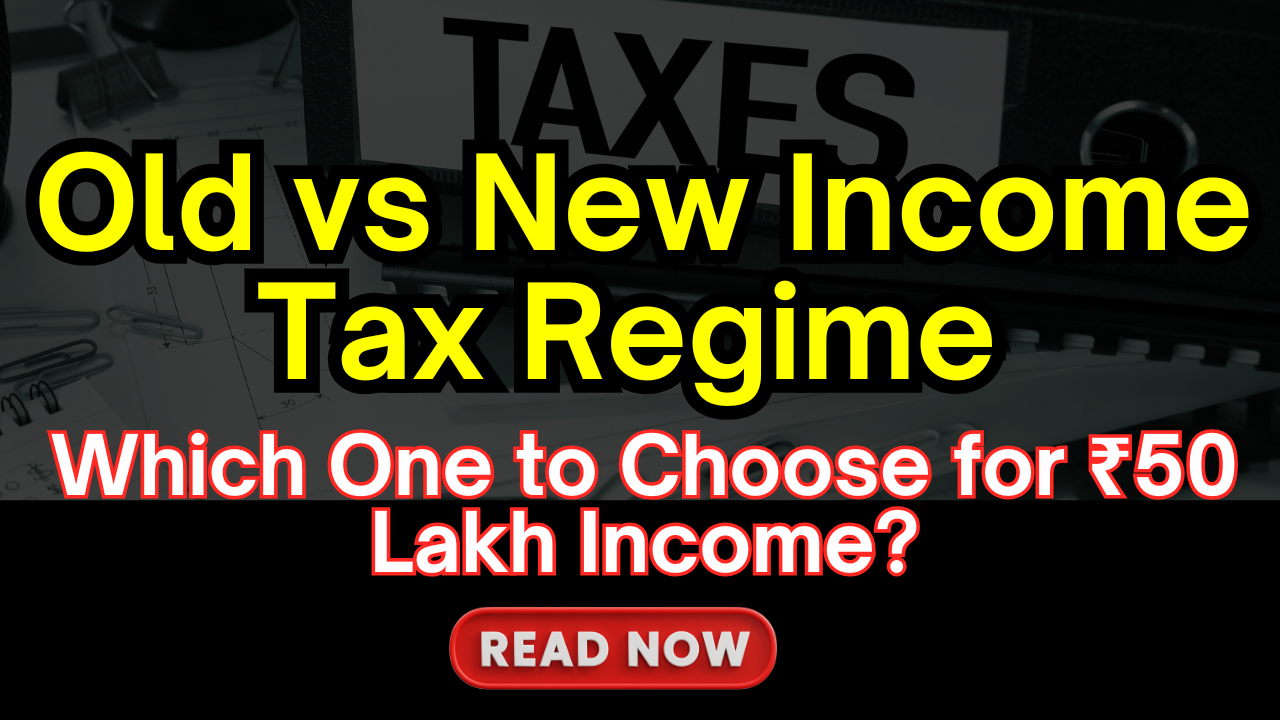Starting Assessment Year (AY) 2024–25, India’s new tax regime under Section 115BAC became the default for all taxpayers. To opt for the old tax regime (with deductions and exemptions), individuals and HUFs with business or professional income must now submit Form 10‑IEA before filing their ITR .This binding declaration ensures you can’t later switch to the new regime mid-year.
Table of Contents
What Is Form 10‑IEA?
Form 10‑IEA is a statutorily mandated form introduced via the Income-tax (Tenth Amendment) Rules, 2023 under Rule 21‑AGA, enabling taxpayers to declare their choice either to opt out of the default new regime or re-enter it later—only permissible once in a lifetime for business/professional earners.
Who Must File Form 10‑IEA?
1. Mandatory for:
Individuals, HUFs, AOPs, BOIs, or AJPs with business or professional income filing under ITR‑3 or ITR‑4 and wishing to opt for the old tax regime.
2. Not Required for:
Salaried individuals or pensioners without business/professional income. They can simply select the old regime while filing their ITR — no separate form needed.
Why Is Form 10‑IEA Important?
Since the new regime is default, failure to file Form 10‑IEA means auto-enrollment in it—irreversible for that year. That means you lose access to deductions like HRA, 80C, housing loan interest, insurance, etc. Many tax experts warn it could cost ₹50,000+ in lost savings.
Filing Deadline & Validity
Non-audit cases: Form 10‑IEA must be filed on or before 31 July 2025 (due date for ITR under Section 139(1))
Audit cases or partners in firms: extended till 31 October 2025.
It can be filed only once in your lifetime to exit the new regime—and again once to re-enter if desired later, but only if you still have business/profession income.
Late filings or omissions mean the tax department will default you into the new regime—no corrections allowed later.
What Details Does Form 10‑IEA Capture?
Form 10‑IEA comprises:
Basic Information: PAN, name, assessment year (pre-filled)
Additional Info: IFSC units details—if applicable (often greyed out)
Declaration & Verification: Self-declaration to opt out or re-enter, and e-verify via Aadhaar OTP, DSC, or EVC.
After submission and e-verification, you’ll receive a Transaction ID and Acknowledgment Number—you must include this in your ITR.
Step-by-Step: How to File Form 10‑IEA Online
Log in to the Income Tax e‑Filing portal
Navigate: e‑File → Income Tax Forms → File Income Tax Forms
Search for Form 10‑IEA, click “File Now”
Select the correct Assessment Year e.g. AY 2025‑26 (for FY 2024‑25).
Confirm you have PGBP (Profits & Gains from Business/Profession) and your due date.
Review the Basic Info, optionally fill Additional Info, complete Declaration & Verification.
Preview, then e‑verify via Aadhaar OTP, DSC, or EVC.
Upon successful verification, note down the acknowledgement number.
Check status via: e‑File → Income Tax Forms → View Filed Forms after submission.
Consequences of Not Filing 10‑IEA
Loss of old regime deductions
Higher tax liability under new regime
No option to switch back in the same assessment year
ITR may be invalid if old regime chosen without submitting Form 10‑IEA.
Real-World Insights from Taxpayers
“If you don’t have any income from business or profession, you don’t need form 10 IEA.” — Reddit user
“Form 10IEA is required… by individuals or HUF having income from business or profession.” — Reddit user
“Once you have filed 10 IEA there is no going back!” — Reddit consensus
Optimal Tax Planning with Form 10‑IEA
Compare both regimes using online tax calculators before filing.
If you have significant deductions (e.g., home loan interest, HRA, LIC premiums), the old regime may result in lower overall tax.
Salaried individuals can switch regime every year without Form 10‑IEA—but business income taxpayers must file it when opting for old regime.
Quick Differences: 10‑IE vs. 10‑IEA
| Feature | Form 10‑IE | Form 10‑IEA |
|---|---|---|
| Used for opting into | New tax regime (was default earlier) | Old tax regime (now default is new regime) |
| Applicable until | AY 2023‑24 | AY 2024‑25 onwards |
| Mandatory for | All taxpayers earlier | Only for business/profession income taxpayers |
| Filing deadline | Before ITR due date | Same |
| Frequency | Each year possible | Once to opt-out, once to re-enter |
Summary and Final Thoughts
Form 10‑IEA is a critical compliance requirement for taxpayers with business or professional income who wish to retain the old tax regime benefits under India’s new default policy structure.
Check your income type (business/profession).
Evaluate whether old regime yields tax savings.
Submit Form 10‑IEA before the ITR deadline, e‑verify it properly, and note your acknowledgement number.
If omitted—regime defaults to new, potentially causing higher tax outgo with no remedy for that year.
By planning correctly and filing Form 10‑IEA timely, you can leverage deductions, maximize tax savings, and retain control over your taxation choice.
Frequently Asked Questions (FAQs)
Q1: Who needs to file Form 10‑IEA?
Taxpayers with business or professional income (ITR‑3/4) opting for the old tax regime must file it. Salaried individuals without business income do not need to file and can choose old regime while filing ITR.
Q2: What’s the due date to submit 10‑IEA?
On or before 31 July 2025 for non-audit cases; audit cases or partners: by 31 October 2025 depending on applicable ITR & sections.
Q3: Can I file 10‑IEA after filing my ITR?
No, Form 10‑IEA must be filed before ITR submission. Missing this step forfeits the old regime selection.
Q4: Can I withdraw 10‑IEA once filed?
No. Once filed and e‑verified, your regime selection is final for that financial year. You can switch only next year if eligible.
Q5: Can senior citizens or pensioners skip 10‑IEA?
Yes, if they have no business/professional income, they simply select the regime directly in their ITR, like salaried individuals.
Q6: How do I check status or acknowledgment?
Go to e‑File → Income Tax Forms → View Filed Forms on the e‑Filing portal to verify status and download acknowledgement.
Q7: What info is needed for 10‑IEA?
PAN, assessment year, your income status (business/profession), declaration, and e-verification via Aadhaar OTP/DSC/EVC. Additional IFSC info only if applicable.












